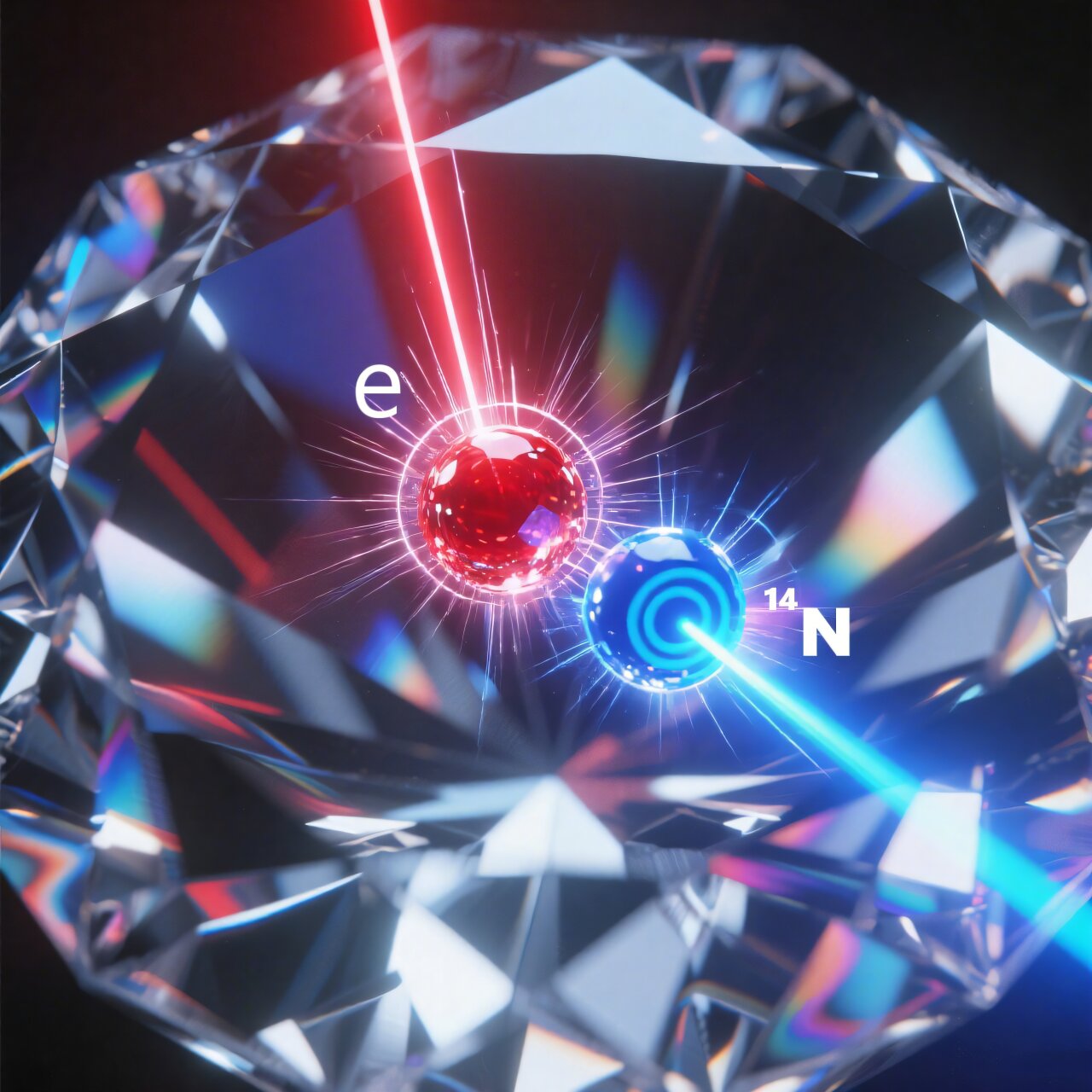New scheme reduces self-discharge in quantum batteries

The Promise and Challenges of Quantum Batteries
Quantum batteries (QBs) represent a groundbreaking shift in energy storage technology, offering the potential to outperform traditional batteries in terms of charging speed and energy extraction. Unlike classical batteries, which rely on chemical reactions for energy storage, quantum batteries harness the principles of quantum mechanics, such as entanglement and superposition, to store and release energy more efficiently.
Despite their promising theoretical advantages, quantum batteries have yet to achieve optimal performance due to a major obstacle: decoherence. Decoherence refers to the loss of quantum coherence, which is the ability of a system to exist in multiple states simultaneously. This phenomenon occurs when a quantum system interacts with its environment, leading to a degradation of its quantum properties. In the context of quantum batteries, this results in self-discharging—where stored energy is spontaneously released without external intervention. This issue has hindered the practical application of QBs, as they cannot reliably hold onto the energy they are designed to store.
A New Approach to Mitigate Self-Discharging
Recent research conducted by a team of scientists from Hubei University, the Innovation Academy for Precision Measurement Science and Technology under the Chinese Academy of Sciences, and Lanzhou University has introduced a novel solution to address the problem of self-discharging in quantum batteries. Their findings, published in Physical Review Letters, describe a new design that utilizes a defect in diamond known as the nitrogen-vacancy (NV) center as a medium for energy storage.
Jun-Hong An, a co-senior author of the study, explained that the development of quantum technologies is opening new frontiers in overcoming the limitations imposed by classical physics. “As quantum technologies evolve, we are seeing advancements in detecting, processing, and securing information,” he said. “Beyond information, quantum technologies are now focusing on energy, giving rise to the field of quantum thermodynamics.”
The researchers’ approach involves using the electronic spin of the NV center as the core component of the quantum battery. This design inherently suppresses self-discharging without requiring external intervention, marking a significant departure from previous methods that relied on quantum chargers. These earlier approaches often reduced the ergotropy—the amount of usable energy—in the battery due to entanglement between the charger and the battery.
Enhancing Robustness Against Decoherence
One of the key breakthroughs in the study was the observation that the coherent energy stored in the battery decayed more slowly than the incoherent energy during the storage process. This insight led the researchers to develop a mechanism that enhances the battery’s resistance to self-discharging by increasing the ratio of coherent ergotropy to the total ergotropy stored.
An highlighted the unique advantage of using the NV center, noting that the hyperfine interaction between the electron and the nitrogen-14 nucleus provides a distinct feature not found in other platforms. “This allows us to coherently optimize the ratio of coherent to total ergotropy,” he said. “This irreplaceable characteristic enables us to mitigate self-discharging while maximizing the extractable work.”
Initial tests of the new quantum battery design showed improved resilience against self-discharging compared to previous versions developed by the team. Additionally, the study introduces an experimental platform for extracting work in open quantum systems, which could serve as a foundation for future research in the field.
Future Directions and Implications
The research represents a significant step forward in the development of quantum-enhanced energy devices. By integrating a solid-state platform with the rapidly advancing field of quantum thermodynamics, the team has provided a practical framework for exploring the potential of quantum batteries.
Looking ahead, the researchers plan to improve the scalability of their design and conduct further experiments to test its performance. An outlined plans for developing a many-body quantum battery model that operates in a self-discharging-immune manner, leveraging quantum entanglement to enhance charging power, capacity, and extractable work.
As quantum technologies continue to evolve, the implications for energy storage are profound. With ongoing advancements in quantum thermodynamics and materials science, the path toward reliable and efficient quantum batteries is becoming clearer, paving the way for a new era of energy solutions.